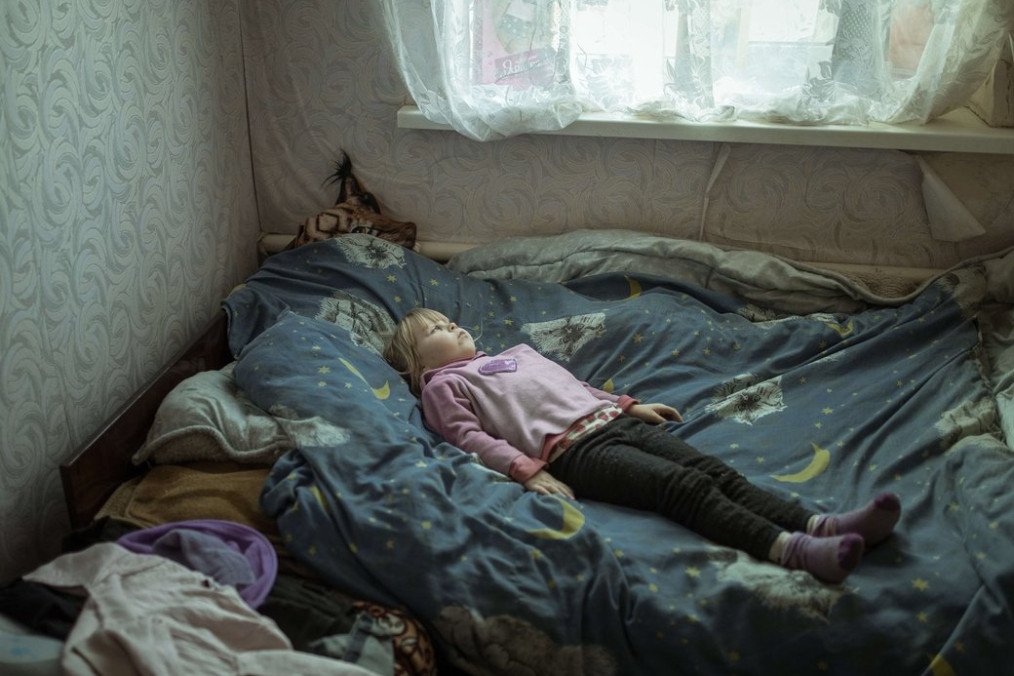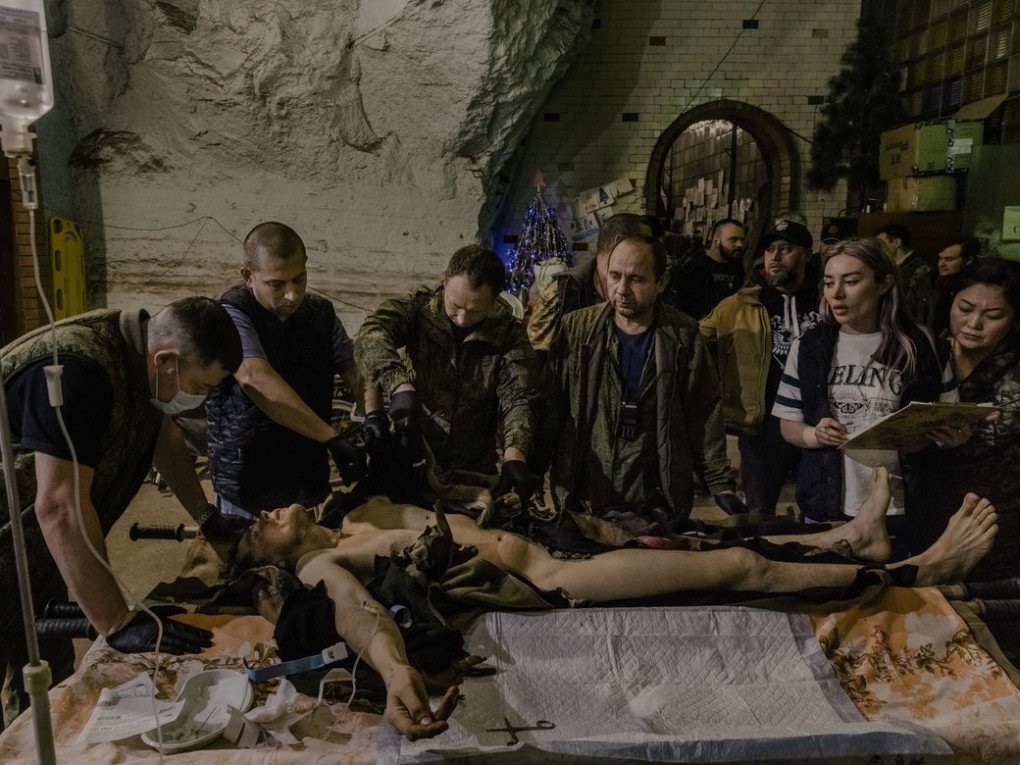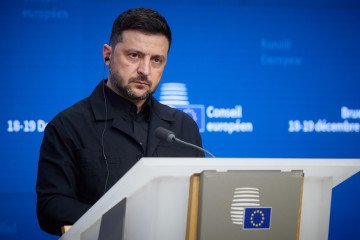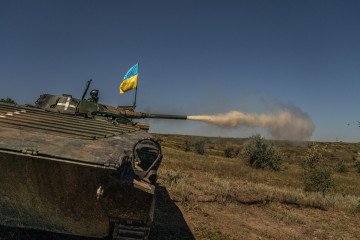- Category
- Latest news
Ukraine Calls Out World Press Photo for Moral Equivalence Between Ukrainian Victims and Russian Aggressors

On March 28, Ukraine’s Ministry of Foreign Affairs expressed concern over the World Press Photo’s decision to present a paired image featuring a Ukrainian child affected by war alongside a Russian soldier.
This decision, along with the recognition of Russian photographers connected to state-backed media outlets and images depicting the war from Russia’s perspective, has sparked significant backlash.
The World Press Photo, on March 27, announced the winners of its annual awards, recognizing 42 photographers across various regions. This year, no Ukrainian photographers were among the recipients.
Among the controversial selections, German photographer Florian Bamaier’s image “Behind the Trenches,” featuring a six-year-old Ukrainian girl, Angelina, suffering from panic attacks in her home in Borshivka, Kharkiv region, was honored.

The award also went to Nanna Heitmann’s “Underground Field Hospital”, her image depicts a man, mobilized into The Donetsk People’s Republic (DPR), awaiting the amputation of his left arm and leg in a field hospital near the occupied city of Bakhmut. Heitmann has been documenting Russia’s war against Ukraine from the Russian side for the past three years.

In the “Stories” category, Mikhail Tereshchenko won an award for his photo “Protests in Georgia”, which was taken for TASS, a Russian state-controlled media outlet. TASS has long been criticized for spreading Russian propaganda, and the European Union is reportedly planning to impose sanctions on the organization.

Also the “Long-Term Projects” category recognized a series by Russian photographer Alena Kardash, who now resides in Germany. Kardash’s project explores the division within Russian society regarding the war in Ukraine.
While the jury praised the project for its focus on internal dissent, critics argue that it still amplifies Russian narratives in the context of the ongoing war.
Ministry Spokesperson Heorhii Tykhyi emphasized that the Ukrainian child had no choice in the war, Russian forces were actively carrying out the invasion. He called on media professionals and industry groups to reflect on the ethical implications of such portrayals.
The World Press Photo’s decision to create a "tandem" of two photos depicting a Ukrainian child traumatized by war and a soldier of Russian invading army is pathetic.
— Heorhii Tykhyi (@SpoxUkraineMFA) March 28, 2025
This is the worst example of a false moral equivalence between an aggressor and one who defends against… pic.twitter.com/qHLpa2mJNq
The Ukrainian Association of Professional Photographers also expressed concerns about the recognition of Russian photographers linked to state-sponsored propaganda.
They stated: “By rewarding Russian photographers who serve as proponents of the Russian state ideology, the competition highlights the aggressor’s position, thereby shifting focus from condemning the aggressor to showing sympathy for them. In our opinion, such awards do not align with the stated goal of the competition — to bring the world together through important stories, particularly in the context of the aggressive war Russia has waged against Ukraine for 11 years.”
DW asked representatives of the World Press Photo organization whether Russian media can be trusted.
“We trust the decision of the independent jury that selected this project on the protests in Georgia. They emphasized the significance of the event and how these nighttime photos reflect democratic sentiments. Our team of authors, researchers, and fact-checkers guarantees the accuracy and truthfulness of every caption in our exhibitions.
The World Press Photo competition is open to photographers and stories from any country in the world. While recognizing the realities of state propaganda, we believe that even photographers working in places with limited press freedom can create meaningful work. We trust the independent jury to ensure that both the visual and journalistic quality of all winning works are world-class.
We believe in supporting photojournalists and documentary photographers living and working in areas with limited press freedom. This issue is relevant to many countries, including Russia,” said the World Press Photo Foundation in response to DW’s inquiry.
World Press Photo, founded in 1955 by Dutch photographers, wich brings together photojournalists, documentary photographers, and a worldwide audience through storytelling.
Previously, Anora won big at the Oscars, and its success raised questions about the film’s ties to Russian actors who have remained silent on the war in Ukraine, as well as the broader role of cinema in shaping political narratives.




-72b63a4e0c8c475ad81fe3eed3f63729.jpeg)


